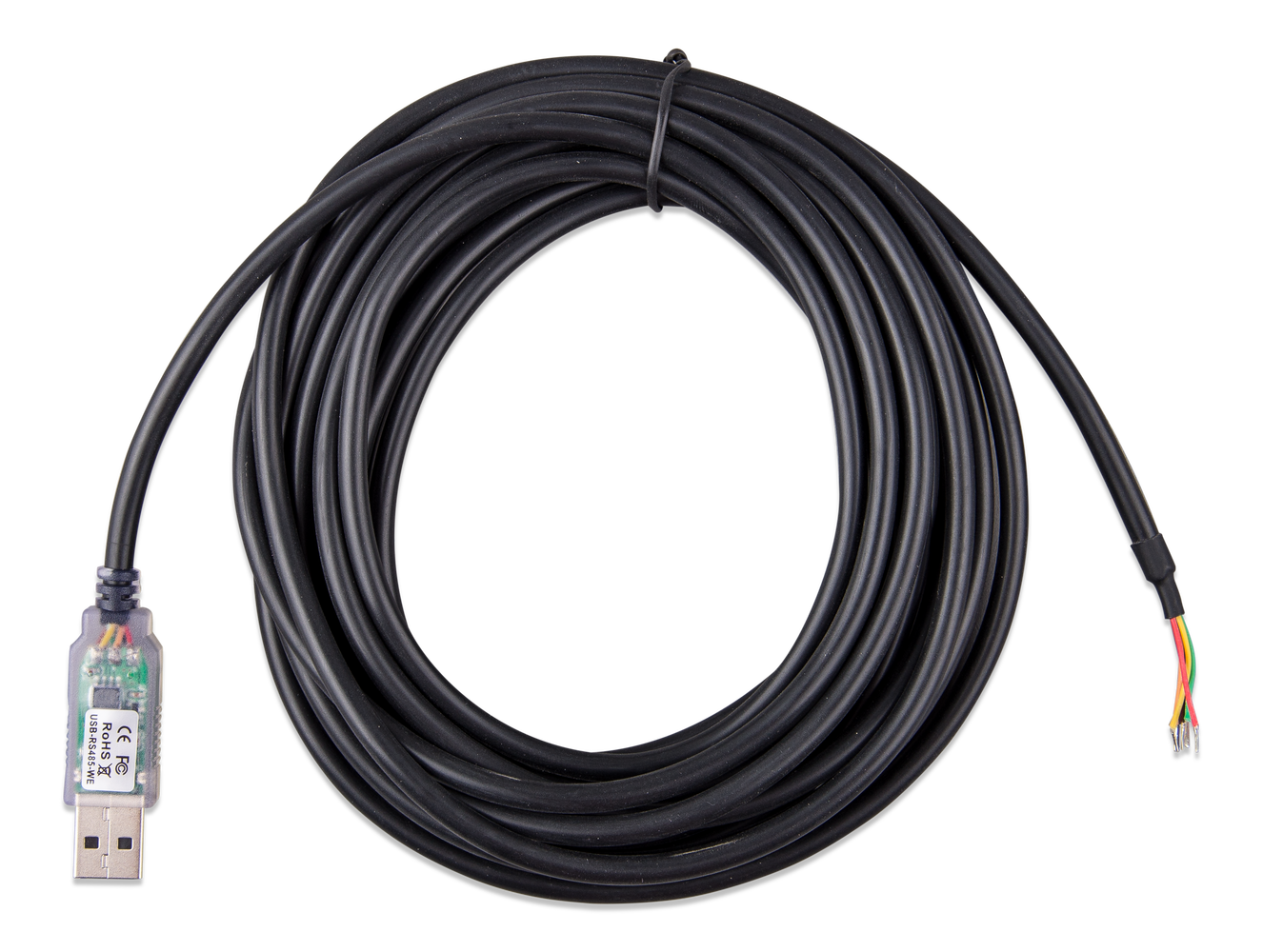To implement this multi-drop scheme, each slave keeps its RS-232 transmitter silent until it is addressed by the master and is given permission to transmit. At any given time, only the master and a single “active” slave communicate. The interface can be used to support analog to digital and digital to analog converters, networks of many computers controlled by a single master, or networks of devices controlled by several coordinated masters. • Video Input: aviation connector,digital component signal access.NVR and PTZ camera connect by special aviation cable, what is rs485 cable support 1 channel 1080P IP PTZ camera input and 4 channel AHD input or analog input. Chassis and signal grounds are connected together to the digital ground (DGND) signal. The advantage of such a multi-drop RS-232 network is that the communications are full duplex, with each communicating party capable of simultaneous transmission and reception of data. In each case, your QVGA Controller will be communicating at 19200 baud, and this baud rate will remain in effect until another BAUD1.AT.STARTUP command is executed, or until you invoke the Special Cleanup Mode as described earlier.
If you do this now, remember to move the QVGA Controller’s serial connector back to Serial Port 1, and to change the terminal’s baud rate back to 9600 baud using the “Communications” item under the terminal’s “Settings” menu. In summary, the code provided for implementing the second serial port is very flexible and can be used to support dual concurrent communications ports. It is supported by virtually all personal computers, and is the default protocol for both of the QVGA Controller’s serial ports. To provide a convenient means of attaching two grounds to the serial cable, there are several pins (labeled DGND) on the communications connector that are connected to the controller’s ground plane. These are used in programmable logic controllers and on factory floors. RS485 is however most popularly used in programmable logic controllers and factory floors where there are lots of electrical noise. Thus RS485 is the standard protocol of choice when multi-drop communications are required. In a place where you are hindered by the electrically noisy environment, RS485 will be the optimal choice. It is possible to connect several RS485 circuits in parallel if the distances are below about 200 feet per leg @ 9600bps. At greater distances and higher data rates, the cable impedances add up and load the network.
The combination of the cable impedances and/or termination resistors will load the network and can make communications unreliable. In addition there is no good way to add terminations resistors at the ends of a “star” network. Figure 11 1 shows a typical multi-drop communications network. RS232 allows both communicating parties to transmit and receive data at the same time; this is referred to as full duplex communications. While these signals provide a data path, they do not provide hardware handshaking that allows the two communicating parties to let each other know when they are ready to send or receive data. While the default baud rate of the primary serial port is 9600 baud, you can speed your communications and download times appreciably by switching to a faster baud rate. The new baud rate takes effect upon the next reset or restart. 7) has the same effect. Connecting a standard full duplex link RS232 between two computers is the same as with a standard RS232 link, with the TxD (transmitter output) of each computer connected to the RxD (receiver input) of the other computer.
By connecting pairs of these handshaking signals together, the terminal or PC can be made to think that the QVGA Controller is always ready to send and receive data. It provides a convenient means of connecting the QVGA Controller to a variety of peripheral devices, including analog to digital and digital to analog converters, real time clocks, and other computers which use high speed communication. Rather, the UART deduces the correct time to sample the incoming signal based on the start and stop bits in the signal itself. The remaining “inactive” slaves may actively receive, or listen to, data on the communications line, but only one slave at a time can transmit a message. This allows standard point-to-point full duplex communications, as well as a multi-drop configuration with one master (a single QVGA Controller or a desktop computer) and multiple QVGA Controller slaves. This allows you to configure full duplex multi-drop networks in which a single master can sequentially address one of many slaves and start a full-duplex exchange of data. In general RS485 is designed for multi-drop, “daisy-chain” operation over a single twisted pair cable with a nominal characteristic impedance of 120 Ohms. The QVGA Controller makes it easy to configure a multi-drop network of QVGA Controllers controlled by a single master desktop computer.

